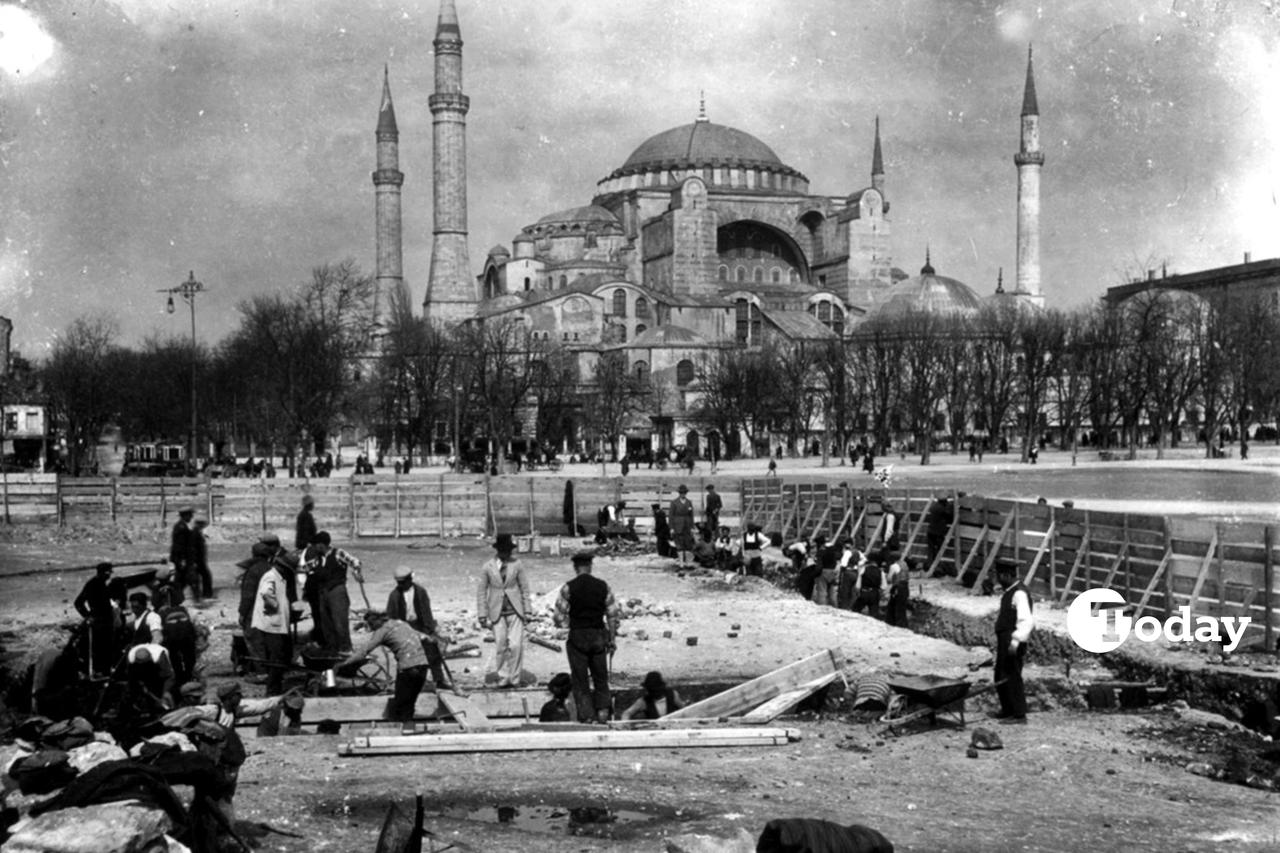
In the 19th and early 20th centuries, archaeology was weaponized by European powers to justify territorial ambitions through historical narratives.
While Western Europe looked to Ancient Greece and Rome, Tsarist Russia pursued a different civilizational inheritance: the Late Roman (known as Byzantine) Empire.
Seeing itself as the rightful heir to Byzantium and the guardian of Orthodoxy, Russia launched a quiet campaign to lay cultural and political claim to Ottoman lands.
Founded in 1894, the Russian Archaeological Institute in Istanbul operated for two decades as a state-sponsored research center, conducting widespread surveys and excavations throughout the Ottoman Empire.
Under the leadership of Fyodor Ivanovich Uspensky, the institute did more than academic study—it systematized the smuggling of antiquities from Türkiye to Russia.
Russian scholars focused heavily on Byzantine remains, using research as a means of reinforcing Russia’s political presence.
This was part of a broader imperial ideology that positioned Moscow as the “Third Rome,” spiritually and historically succeeding Constantinople. Russia’s strategic interest in Orthodox Christian sites, particularly in Istanbul, Jerusalem, and across Anatolia, was not only religious but also territorial.
Artifacts were often removed under the pretense of scholarly preservation. In many cases, archaeological findings—manuscripts, icons, sculptures, and sacred relics—were shipped directly to Russian museums, including the Hermitage and the Imperial Public Library in St. Petersburg.
One example is the Codex Purpureus Petropolitanus, a 6th-century gospel manuscript discovered near Kayseri in 1896 and swiftly acquired through diplomatic maneuvering funded by Tsar Nicholas II.
Although the Ottoman government tried to curb these activities through legal reforms and museum-building efforts, their attempts were largely ineffective due to the geopolitical imbalance.
While Ottoman officials raised objections to Russian excavations and object removals, such as during the Pateli necropolis dig, diplomatic pressure often forced their hand.
Russian expeditions reached far beyond Anatolia, with institutions like the Imperial Orthodox Palestine Society operating extensively in Jerusalem and surrounding regions.
Led by figures like Antonin Kapustin, these missions acquired sacred objects and even large sculptures, many of which are now on display in Russia.
Today, thousands of artifacts from Ottoman-era excavations reside in Russian collections.